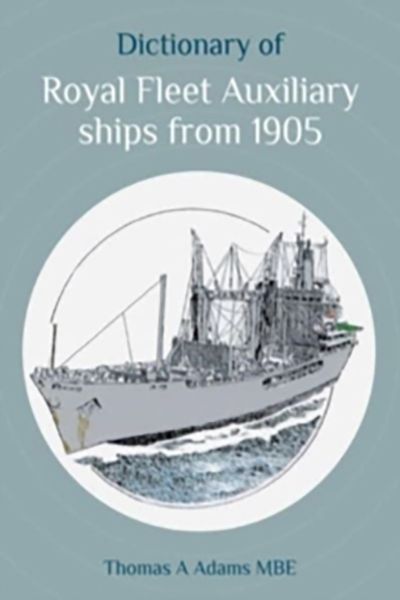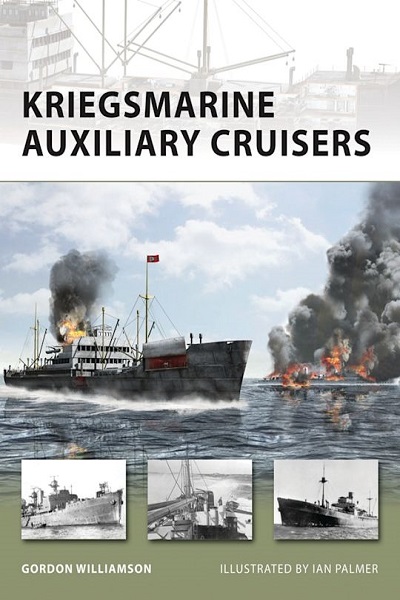Royal Fleet Auxiliaries are distinctive in the maritime world - civilian-crewed Merchant Navy ships owned by the Crown working under naval orders. This Dictionary showcases both the famous and the often overlooked ships that have supported the Royal Navy during its prominence in the twentieth century. This comprehensively researched reference work presents a detailed guide to vessels, that in both peace and wartime were essential in the wide field of British maritime history - those that did battle in the Atlantic, Arctic, Mediterranean and Pacific Oceans and for the Falklands.
This is a record of those ships along with details of marine and war losses from the traditional tankers taken up from commercial trade to the ships of today that are designed for the sophisticated and critical role of sea-going logistics support. The author is a recognised authority on the history and ships of the RFA. The Dictionary features some 430 RFA ships and 53 classes from the tanker Petroleum and hospital ship Maine of 1905 to the multi-role assets Proteus and Stirling Castle of 2023.
Additionally there is information on 22 projected RFA vessels and equipment including the cancelled hospital ship whose material resources were diverted to aid construction of the Royal Yacht and the nuclear-powered replenishment tanker that remained on the drawing board. Comprehensively researched from official records, the ships are technically detailed from the Admiralty's policy and planning through to their engineering, aviation decks and defensive armament. Where appropriate there is a summary of service and for the historical researcher each entry provides a list of the sources used by the author.
The easy-to-read detail is supported by an abundance of photographs and drawings. Uniquely there is an appendix of 67 entries detailing those miscellaneous ships that are commonly but erroneously classed as RFAs. This authoritative work fills an important gap in shipping literature with no previous publication on these ships coming close to including the level of detail provided.
ISBN: 9781849955751
Format: Paperback
Author(s): Thomas A Adams (Foreword by Commodore David Eagles)
First Publishment Date: 25 March 2025





